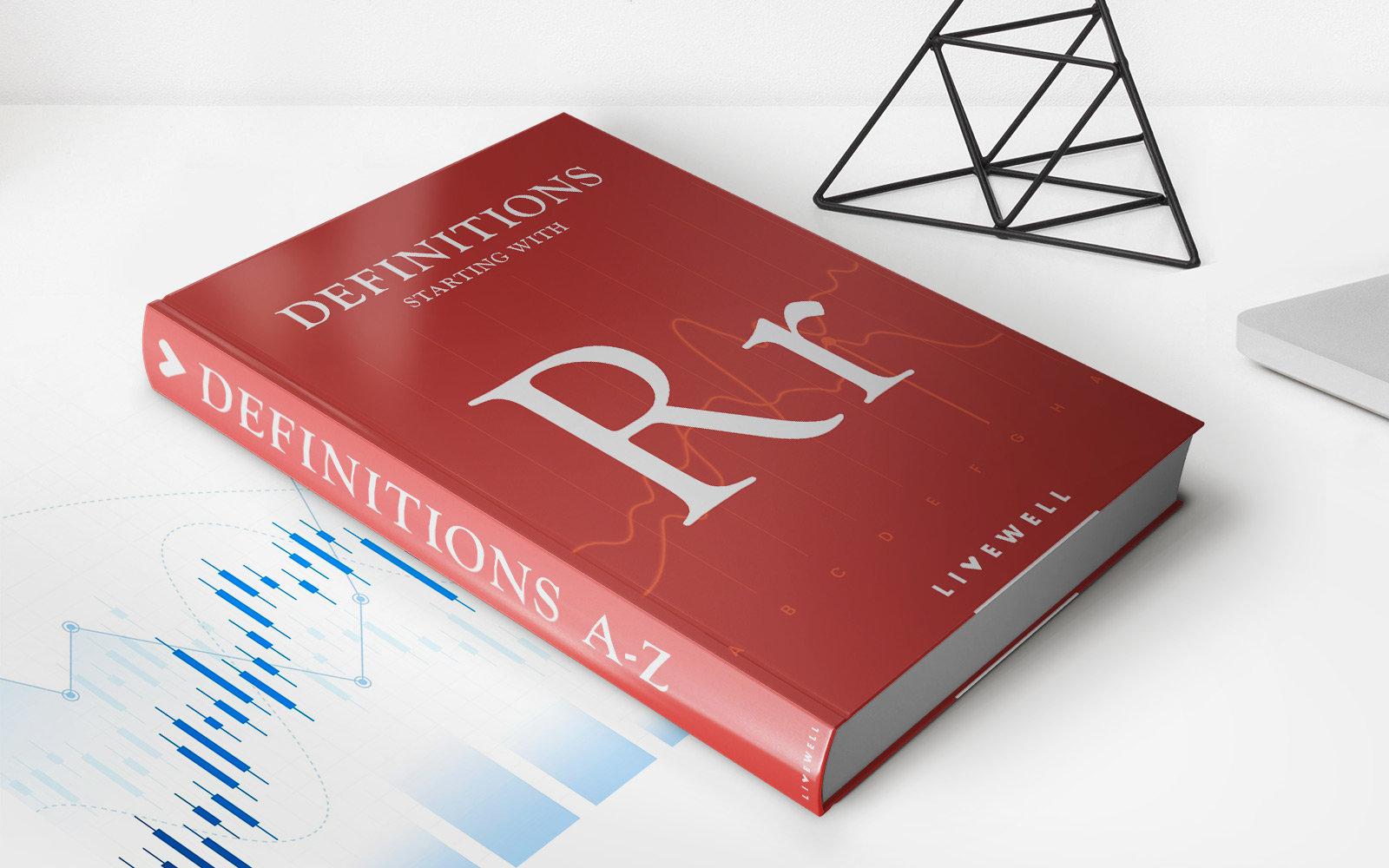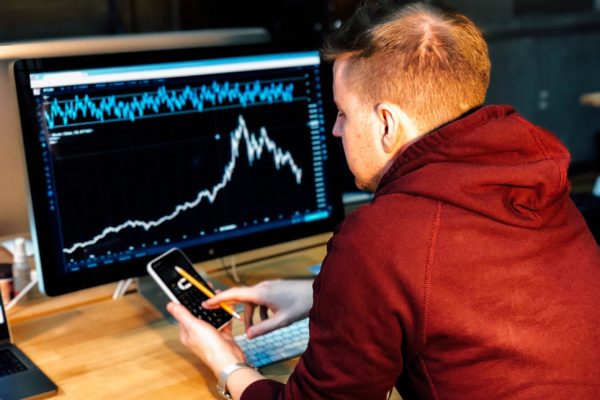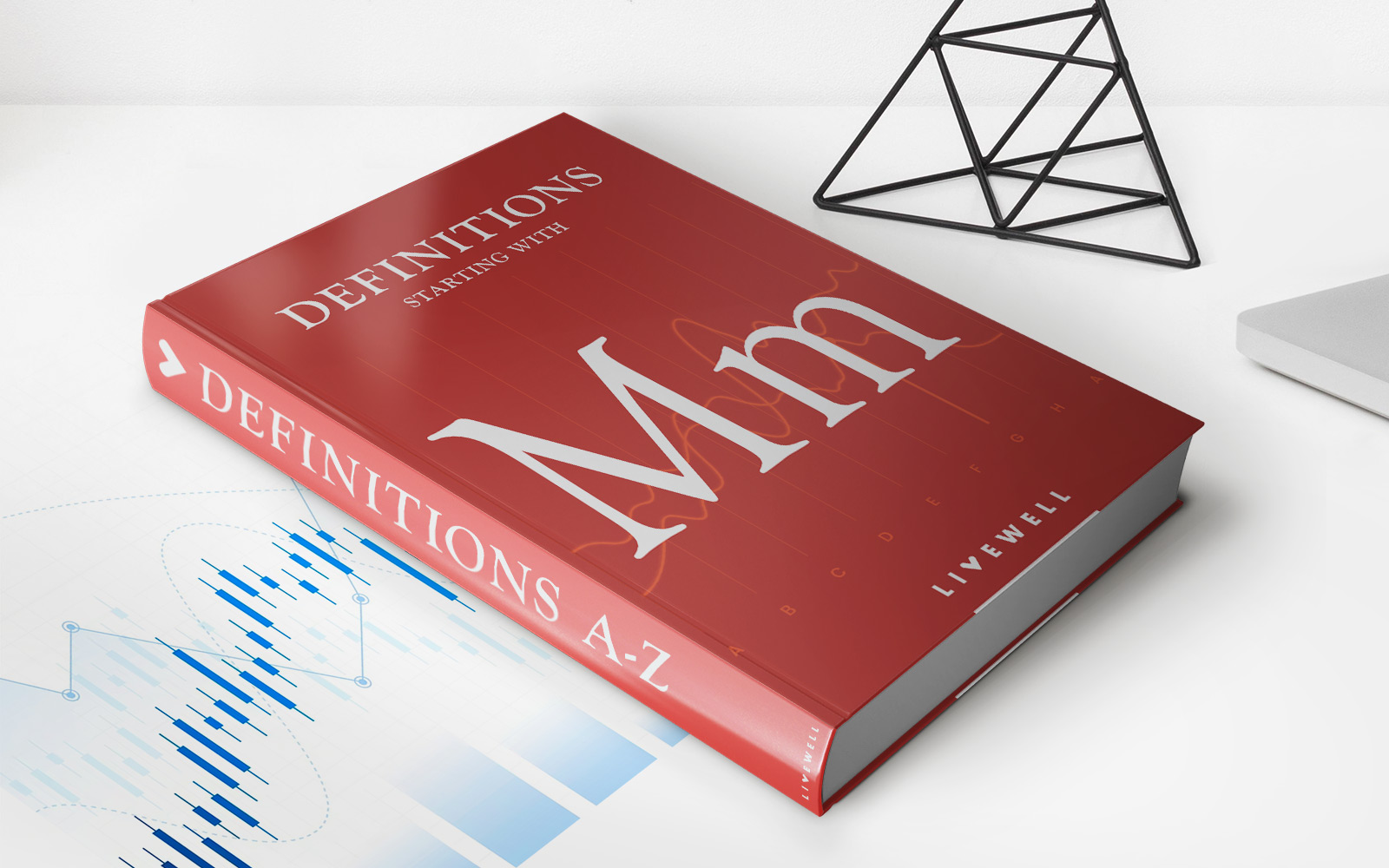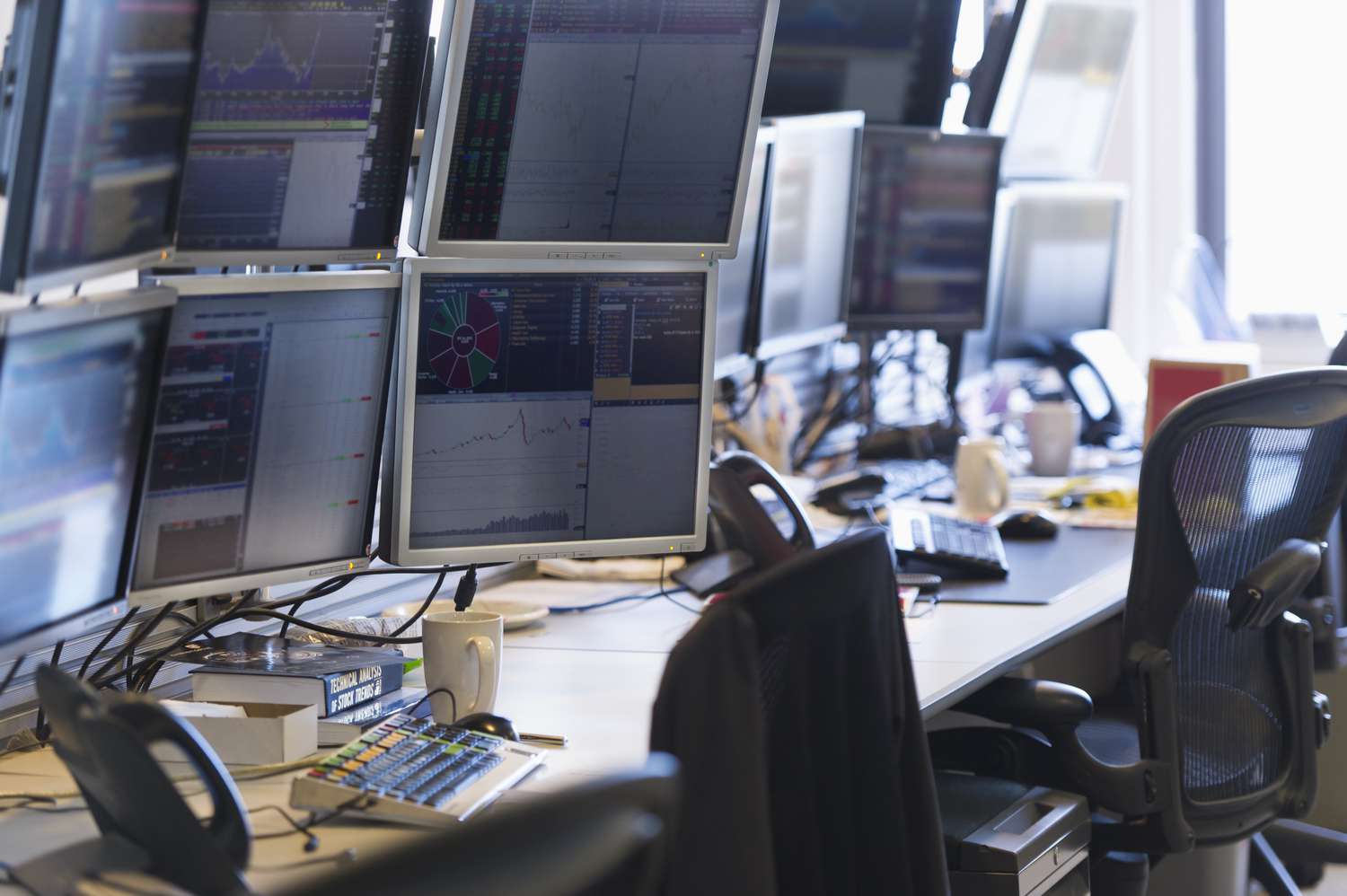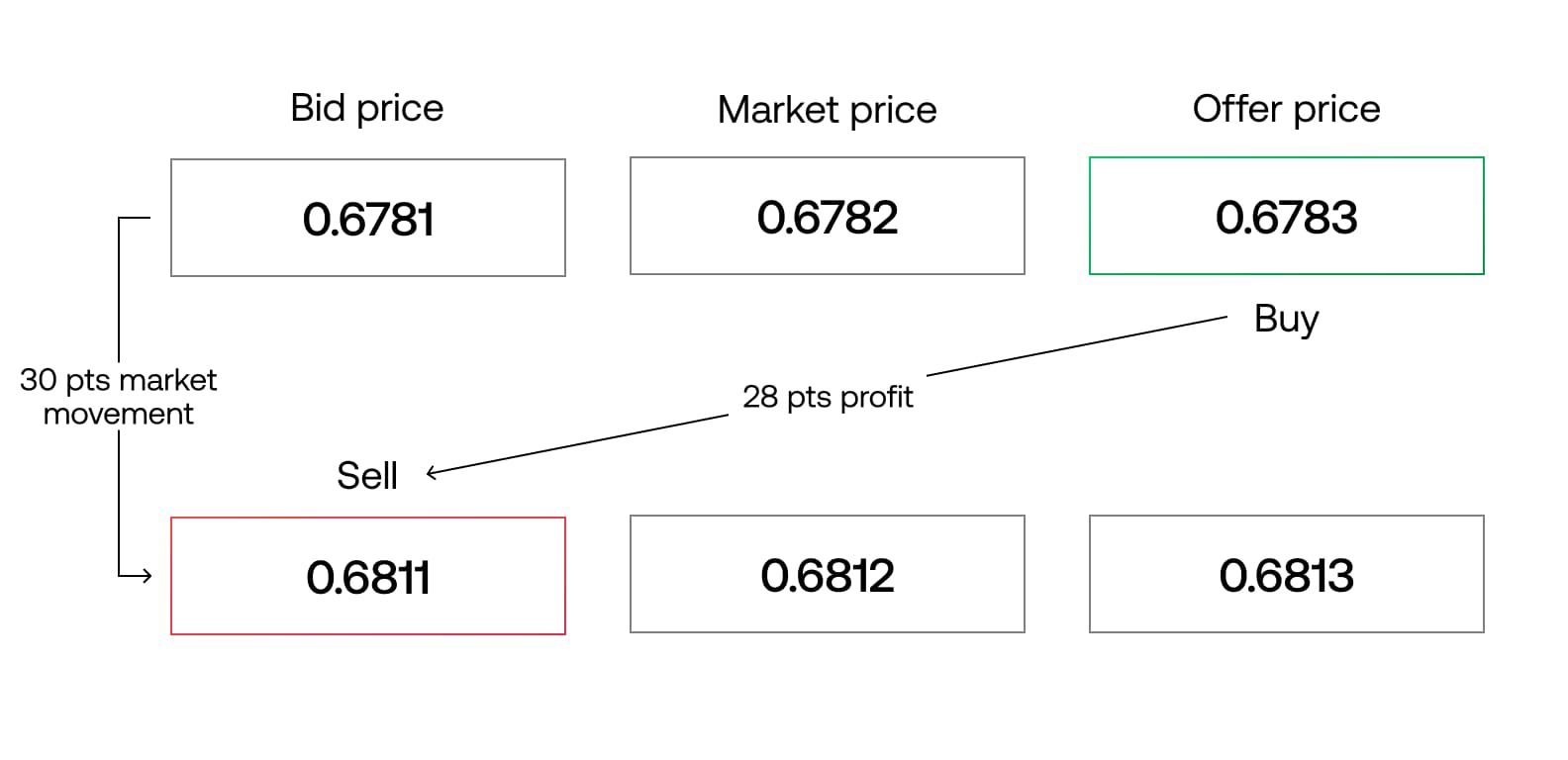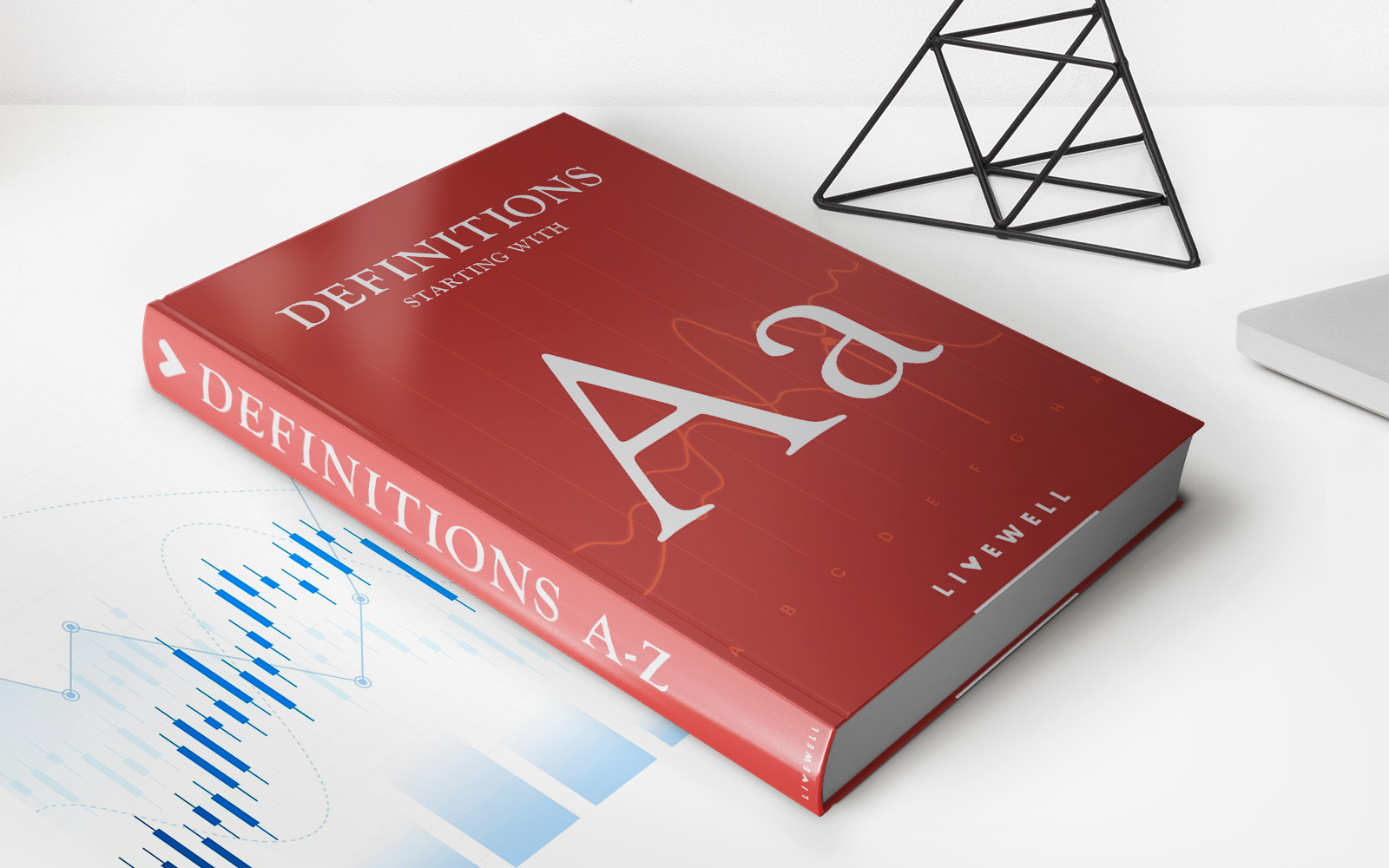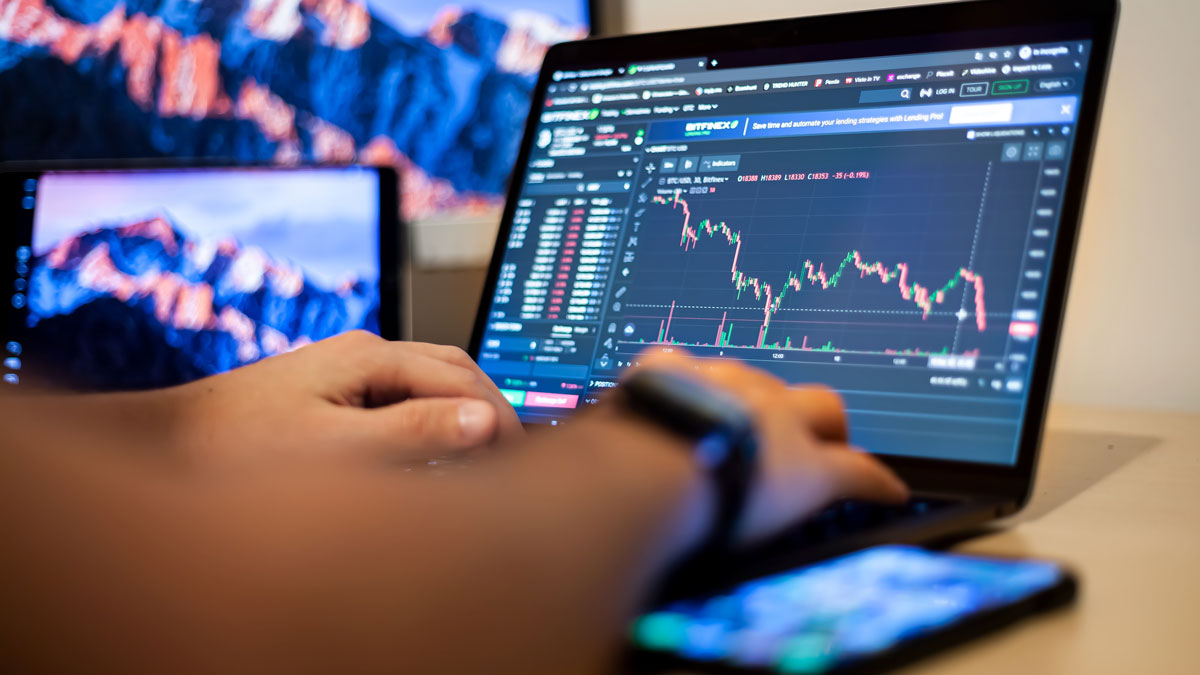

Finance
What Are Pips In Forex Trading
Published: December 22, 2023
Learn what are pips in forex trading and how they impact your financial transactions. Gain a better understanding of finance with our comprehensive guide.
(Many of the links in this article redirect to a specific reviewed product. Your purchase of these products through affiliate links helps to generate commission for LiveWell, at no extra cost. Learn more)
Table of Contents
Introduction
Welcome to the world of forex trading, a dynamic and exciting financial market that offers tremendous opportunities for individuals and businesses alike. If you’re new to forex trading, you may have come across the term “pips” and wondered what it means. In this article, we’ll dive into the concept of pips and explore their importance in forex trading.
Forex, short for foreign exchange, refers to the decentralized global market where currencies are traded. It operates 24 hours a day, five days a week, allowing participants from around the world to engage in currency trading. The goal of forex trading is to speculate on the fluctuations in exchange rates and profit from these movements.
Understanding the concept of pips is crucial in forex trading as it serves as the basic unit of measurement for price movements. The term “pip” stands for “percentage in point” or “price interest point.” It represents the smallest possible price change in a currency pair.
Let’s say you’re trading the popular EUR/USD pair, and the exchange rate moves from 1.1800 to 1.1805. In this case, the exchange rate has increased by 5 pips. Pips are typically measured to the fourth decimal place, except for Japanese yen-based currency pairs, where they are measured to the second decimal place. For instance, if the USD/JPY pair moves from 109.50 to 109.55, it represents a change of 5 pips.
As forex prices are constantly fluctuating, understanding how pips work is crucial for calculating profits or losses and determining risk-reward ratios in forex trading. By understanding the value of each pip, you can accurately assess the potential gains or losses of a trade.
What is Forex Trading?
Forex trading, also known as currency trading, is the process of buying and selling currencies in the foreign exchange market. It is the largest and most liquid financial market in the world, with trillions of dollars being traded daily. Unlike traditional stock or commodity markets, forex trading operates on a decentralized network of banks, financial institutions, corporations, and individuals.
The primary objective of forex trading is to profit from the fluctuations in exchange rates between different currencies. For example, if you believe that the value of the euro will rise against the US dollar, you can buy euros with dollars. If your prediction is correct and the euro does indeed increase in value, you can sell your euros back into dollars at a higher exchange rate, making a profit in the process.
One of the key advantages of forex trading is its accessibility. The market is open 24 hours a day, five days a week, allowing traders to participate at their convenience from anywhere in the world. This flexibility attracts a diverse range of participants, including individual retail traders, institutional investors, banks, corporations, and governments.
Forex trading offers a wide range of currency pairs to trade, including major pairs like EUR/USD (Euro/US Dollar), GBP/USD (British Pound/US Dollar), and USD/JPY (US Dollar/Japanese Yen), as well as minor and exotic pairs. Each currency pair represents the exchange rate between the two currencies involved. For instance, if the EUR/USD pair is trading at 1.2000, it means that one euro is equivalent to 1.2000 US dollars.
In addition to spot forex trading, where currencies are bought and sold for immediate delivery, traders can also engage in forex derivatives such as futures, options, and contracts for difference (CFDs). These instruments provide traders with the ability to speculate on currency price movements without owning the underlying asset.
It is important to note that forex trading, like any form of investment, carries risks. The volatility and leverage involved in forex trading can result in substantial gains, but also substantial losses. Therefore, it is essential for traders to have a solid understanding of market fundamentals, risk management techniques, and execute trades based on informed analysis and strategies.
Understanding Pips
Pips, short for “percentage in point” or “price interest point,” are a fundamental concept in forex trading. They represent the smallest unit of price movement in a currency pair and play a crucial role in determining profits and losses.
For most currency pairs, a pip is typically measured to the fourth decimal place, except for Japanese yen-based currency pairs, where it is measured to the second decimal place. For example, if the EUR/USD pair moves from 1.1800 to 1.1805, it has increased by 5 pips. Conversely, if it moves from 1.1800 to 1.1795, it has decreased by 5 pips.
The concept of pips is closely linked to the notion of pipettes. A pipette is a fractional pip, representing a movement of 1/10th of a pip. It allows for more precise measurements and is commonly used by brokers. For example, if the EUR/USD pair moves from 1.18000 to 1.18005, it has increased by 0.5 pip or 5 pipettes.
Pips are vital in forex trading as they determine the value of each price movement. In other words, the profit or loss on a trade is calculated based on the number of pips gained or lost. Traders often refer to the number of pips they aim to gain or risk in a trade to set their profit targets and stop-loss levels.
It is important to note that the monetary value of a pip can vary depending on the size of the position. The position size refers to the number of units of a currency pair that is being traded. The pip value is calculated by multiplying the number of pips by the position size and the pip increment. Different currency pairs have different pip values, as the exchange rate between the two currencies determines the value of each pip.
Understanding the concept of pips is essential for risk management and position sizing. By knowing the potential pip movement and the monetary value of each pip, traders can determine the appropriate position size to limit their risk exposure and manage their trading capital effectively.
How Pips Work in Forex Trading
Pips play a critical role in forex trading as they help determine the profitability of a trade and gauge the potential risks involved. Understanding how pips work is crucial for accurately assessing profits and losses in the forex market.
When trading forex, a lot size is used to indicate the quantity of a currency pair being traded. Standard lots consist of 100,000 units of the base currency, while mini lots contain 10,000 units and micro lots consist of 1,000 units. The pip value is dependent on the lot size being traded.
For example, let’s consider a scenario where you are trading the EUR/USD pair with a standard lot size of 100,000 units. If the exchange rate moves by 1 pip, it would mean a profit or loss of $10, as each pip in this case is equivalent to $10. However, if you are trading a mini lot or 10,000 units, the value of each pip would be $1, and for a micro lot or 1,000 units, it would be $0.10.
In addition to the lot size, the quoted currency also plays a role in determining the pip value. When the US dollar is the quote currency, such as in the EUR/USD pair, the pip value is fixed. However, when the US dollar is the base currency, the pip value varies based on the exchange rate.
It is important to note that pips measure the relative change in price and not the actual monetary value of a trade. For example, if a currency pair moves by 50 pips and you are trading a standard lot, your profit or loss would be $500. The actual dollar value will depend on the lot size and pip value of the specific currency pair being traded.
When calculating profits and losses, it is essential to factor in both the direction of the trade and the number of pips gained or lost. A positive pip movement in a long position (buying) will result in a profit, while a negative pip movement will result in a loss. Conversely, in a short position (selling), a positive pip movement will result in a loss, while a negative pip movement will result in a profit.
Understanding how pips work is crucial for risk management and trade analysis. By accurately calculating the potential profits and losses of a trade, traders can make informed decisions, set realistic profit targets and stop-loss levels, and manage their overall trading strategy effectively.
Calculating Pip Values
Calculating pip values is an essential skill in forex trading as it allows traders to accurately assess the potential profits or losses of a trade. Pip values will vary depending on the lot size, currency pair, and the exchange rate of the currency pair being traded.
To calculate the pip value, you need to know the following factors:
- The currency pair being traded
- The exchange rate of the currency pair
- The lot size
- The pip increment
Let’s break down the process of calculating pip values using an example. Suppose you are trading the EUR/USD currency pair, and the current exchange rate is 1.2500. You are using a standard lot size of 100,000 units, and the pip increment is 0.0001.
Step 1: Determine the pip value of the base currency.
In the EUR/USD pair, the base currency is the euro. Since the pip increment is 0.0001, we can calculate the pip value of the base currency as:
Pip value = (0.0001 / Exchange Rate) * Lot Size
Using our example:
Pip value = (0.0001 / 1.2500) * 100,000 = $8
Step 2: Convert the pip value to your account currency.
The pip value is typically denominated in the base currency, but you may want to convert it to your account currency for easy reference. You can use the current exchange rate between the base currency and your account currency to convert the pip value.
For instance, if your account currency is in US dollars (USD) and the current exchange rate for EUR/USD is 1.2500, you can calculate the pip value in USD as:
Pip value in USD = Pip value * Exchange Rate
Using our example:
Pip value in USD = $8 * 1.2500 = $10
Calculating pip values accurately is crucial for managing risk and determining trade outcomes. By understanding how pip values are calculated, traders can assess their potential profits and losses, set appropriate stop-loss levels, and make informed trading decisions.
The Importance of Pips in Forex Trading
Pips play a vital role in forex trading, and understanding their importance is crucial for traders who aim to be successful in the market. Here are a few reasons why pips are significant:
1. Profit Calculation: Pips serve as the basis for calculating profits and losses in forex trading. By measuring the price movement in pips, traders can determine their gains or losses on a trade. This allows for accurate tracking of performance and helps traders assess the effectiveness of their strategies.
2. Risk Management: Pips help traders manage their risks effectively. By setting stop-loss and take-profit levels in terms of pips, traders can control the potential loss or gain on a trade. This allows them to determine the risk-reward ratio and make informed decisions about their trades.
3. Trade Analysis: Pips are essential for analyzing trades and making adjustments to trading strategies. By tracking the number of pips gained or lost, traders can evaluate the profitability of their trades. They can identify patterns, assess the effectiveness of entry and exit points, and make improvements to enhance their overall trading approach.
4. Position Sizing: Pips help traders determine the appropriate position size for their trades. By considering the potential gain or loss in terms of pips, traders can calculate the risk per trade and adjust their position size accordingly. This allows for better risk management and helps protect trading capital.
5. Volatility Measurement: Pips are a measure of price volatility in the forex market. Higher volatility leads to larger pip movements, presenting both opportunities and risks for traders. By monitoring pip movements, traders can assess market volatility and adjust their trading strategies accordingly.
6. Universal Unit of Measurement: Pips provide a standardized unit of measurement in forex trading, enabling traders from different backgrounds and countries to communicate and understand each other. The use of pips as a common language eliminates confusion and ensures consistency in analyzing and discussing market movements.
In summary, pips are essential in forex trading as they serve as the fundamental unit of measurement for price movements. They enable traders to calculate profits and losses, manage risks, analyze trades, determine position sizes, measure volatility, and communicate effectively. Understanding the importance of pips and incorporating them into trading strategies can significantly improve a trader’s success in the forex market.
Factors Affecting Pip Values
The value of a pip in forex trading can vary depending on several factors. Understanding these factors is crucial for accurately calculating pip values and managing risk. Here are the key factors that can influence pip values:
1. Currency Pair: Different currency pairs have different pip values due to variations in exchange rates. For example, the pip value for the EUR/USD pair may be different from the pip value for the GBP/USD pair. This is because the exchange rate between the two currencies determines the value of each pip movement.
2. Lot Size: The size of the position being traded also affects the pip value. The larger the lot size, the higher the pip value. For instance, a standard lot size of 100,000 units will have a higher pip value compared to a mini lot size of 10,000 units or a micro lot size of 1,000 units.
3. Pip Increment: The pip increment, or the number of decimal places the exchange rate is quoted to, can also impact the pip value. Most currency pairs are quoted to four decimal places, except for Japanese yen-based pairs, which are only quoted to two decimal places. A smaller pip increment will result in a higher pip value.
4. Account Currency: The currency of your trading account can influence the pip value. If your account currency differs from the base currency in the currency pair you are trading, the pip value will need to be converted using the current exchange rate between the two currencies.
5. Leverage: Although leverage does not directly affect the pip value, it can significantly impact the overall risk and potential gains or losses on a trade. Higher leverage amplifies the impact of pip movements, making it important to consider when planning trade management and risk calculations.
It’s important to note that brokers may offer different pip value calculations based on their trading platforms and quoting conventions. Some brokers provide pip value calculators or display the pip value directly on the trading platform, making it easier for traders to determine the pip value for each trade.
Understanding the factors that affect pip values is essential for managing risk and making informed trading decisions. By considering these factors, traders can accurately calculate pip values, adjust position sizes, evaluate potential profits or losses, and effectively manage their overall trading strategy.
Trading Strategies Based on Pips
Pips are a crucial element in developing trading strategies in the forex market. Traders often incorporate pips into their trading strategies to determine entry and exit points, set profit targets, and manage risk. Here are some common trading strategies based on pips:
1. Scalping: Scalping is a short-term trading strategy that aims to profit from small price movements. Scalpers typically target a few pips at a time and execute multiple trades throughout the day. By capitalizing on quick price fluctuations, scalpers can accumulate small gains that can add up over time.
2. Breakout Trading: Breakout trading involves identifying key support and resistance levels and placing trades when those levels are broken. Traders may enter the trade when the price breaks out above resistance or below support, aiming to capture a significant move in pips as the price accelerates in the breakout direction.
3. Trend Following: Trend following strategies involve identifying and trading in the direction of a prevailing market trend. Traders using this strategy typically aim to profit from extended price moves. They may enter a trade when the price retraces or pulls back within the trend, targeting a specific number of pips based on the strength and duration of the trend.
4. Range Trading: Range trading is a strategy used when the price is confined within a specific range or consolidation phase. Traders using this strategy aim to identify key support and resistance levels and trade within those boundaries. They may enter a trade near support and exit near resistance, targeting a specific number of pips within the range.
5. Fibonacci Retracement: Fibonacci retracement levels are often used to identify potential reversal points in the market. Traders employing this strategy may enter a trade when the price retraces to a Fibonacci level, such as the 38.2% or 50% level, and aims to profit from the subsequent move in pips as the price resumes in the direction of the trend.
6. News Trading: News events can cause significant volatility in the forex market, leading to substantial price movements. Traders using news trading strategies aim to capitalize on these price swings by entering trades before or after the release of important economic data or news announcements. They may aim for a specific number of pips based on the expected impact of the news event.
When implementing trading strategies based on pips, it’s crucial to consider risk management techniques such as setting stop-loss orders to limit potential losses. Proper risk-reward ratio analysis should also be conducted to ensure that the potential gain from a trade justifies the risk taken.
It’s important to note that no single strategy guarantees success in forex trading. Traders should explore and experiment with different approaches, adapt to changing market conditions, and continually refine their strategies to achieve consistent profitability.
Conclusion
Pips are an integral part of forex trading and understanding their importance is crucial for success in the market. Whether you’re a beginner or an experienced trader, having a solid grasp of pips and how they work can greatly enhance your trading strategy and overall profitability.
By understanding the concept of pips, traders can accurately calculate profits and losses, manage risk, set realistic profit targets and stop-loss levels, and make informed trading decisions. The ability to calculate pip values allows traders to evaluate the potential gains or losses of a trade, determine position sizes, and effectively manage their trading capital.
Pips also play a vital role in trade analysis and strategy development. By tracking the number of pips gained or lost, traders can assess the performance of their trades, identify patterns, make improvements, and refine their trading strategies over time.
It is important to consider the various factors that can affect pip values, such as the currency pair being traded, lot size, pip increment, account currency, and leverage. These factors influence the value of each pip movement and should be taken into account when calculating pip values and managing risk.
Moreover, traders can utilize pips as a basis for different trading strategies. Whether it’s scalping, breakout trading, trend following, range trading, Fibonacci retracement, or news trading, pips help traders determine entry and exit points, set profit targets, and manage positions effectively.
In conclusion, a solid understanding of pips is essential for success in forex trading. By incorporating pips into your trading analysis and strategies, you can make more informed decisions, manage risks effectively, and increase your chances of achieving consistent profitability in the dynamic and exciting world of forex trading.


